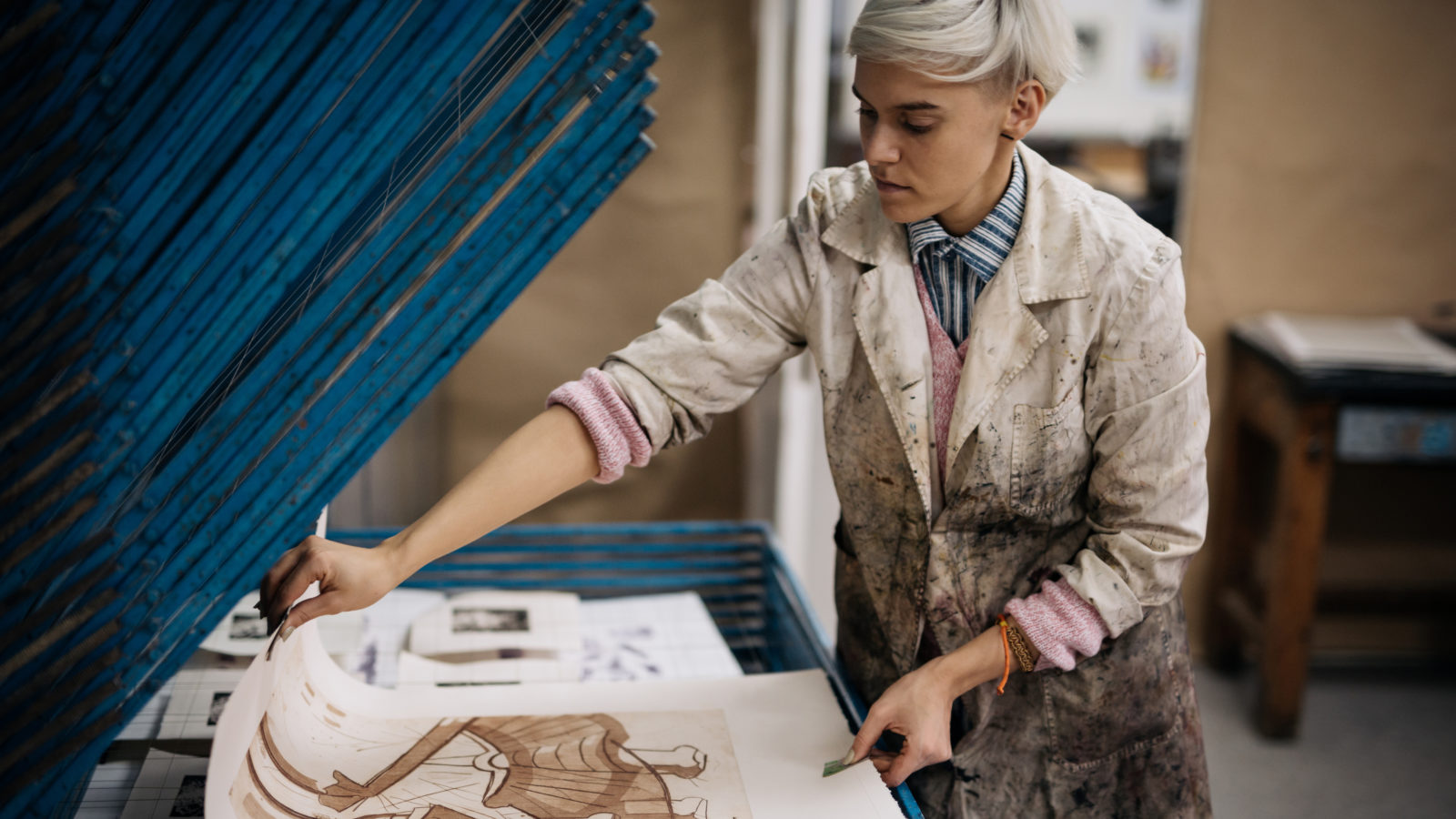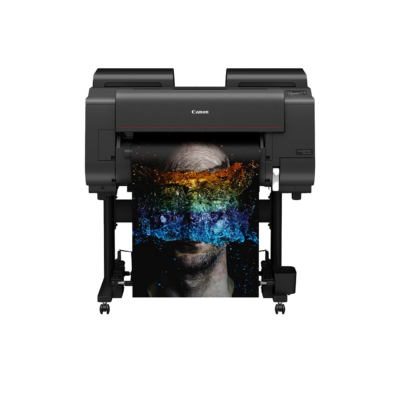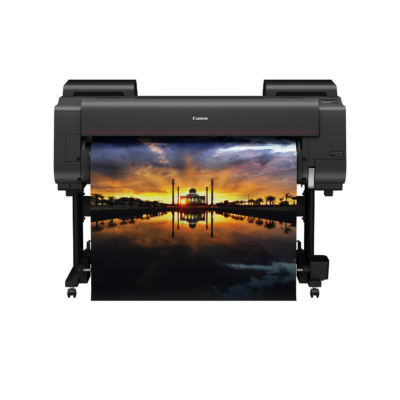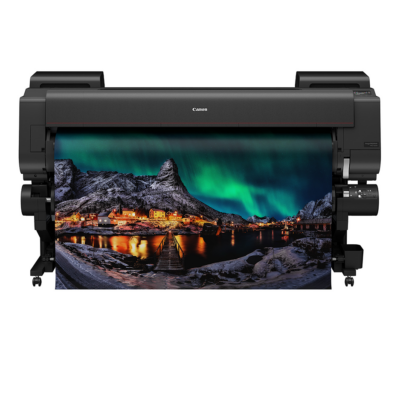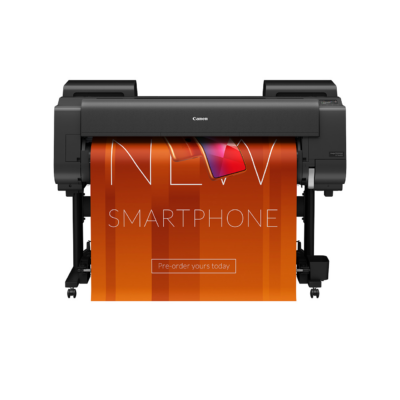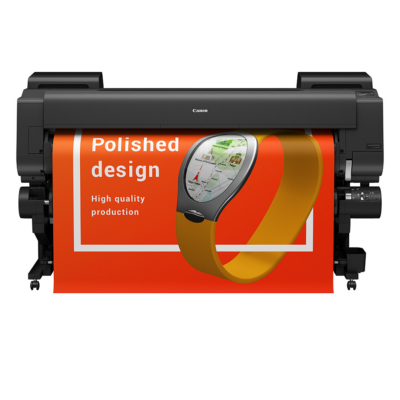Protect your pics by understanding acid-free and archival paper
If you’ve ever thumbed through an old photo album, you’re familiar with what happens to images that haven’t been printed on conservation-quality paper. The ink fades, the paper yellows; it might even crumble with your touch.
Fortunately for modern-day image-makers, there now exist a variety of printing media designed to help your work stand the test of time. Here’s what you need to know about these more “permanent” papers.
The meaning of acid-free
This is the minimum standard for any good-quality paper. Without getting too much into the nitty-gritty of papermaking, acid-free means that the base paper fibres must have a pH of 7 (i.e. neutral) or slightly above (alkaline). If a paper has been coated to ensure proper ensure ink absorption when used with a printer, that coating must also measure neutral on the pH scale. Neutral papers are more resistant to yellowing and deterioration over time.
Most of today’s commercial paper is acid-free, as the process for making it is more environmentally friendly—a nice bonus for a longer-lasting product.
Archival is even better
That said, not all acid-free paper is of archival quality. To meet that higher benchmark, a paper must not only be acid-free, it must also be manufactured using pure cotton fibres (a.k.a. cotton rag) or pure alpha cellulose fibres, which are naturally more durable than wood pulp. Canon offers a range of options for large-format, museum-worthy printing, including its fine-art photo rag by Hahnemühle, premium polished rag, and artistic matte canvas.
Under optimal conditions, the best cotton rag should last for multiple centuries without fading, discolouring, or generally deteriorating.
More protective measures
A further benefit of cotton-fibre paper is that it more readily absorbs ink. But for a true archival-quality print, you’ll need to be aware of the type of ink you use. Pigment inks, such as those in Canon’s LUCIA ink system, provide accurate color reproduction, outstanding image clarity, and enhanced detail in darker areas of the print. They also tend to be a bit more colourfast than dye-based inks.
Likewise, be aware of how your print is to be displayed. There’s a reason why museums and art galleries are so carefully climate-controlled. Exposure to sunlight can damage even the hardiest papers and inks over time (hence, we have UV-blocking archival glass for framing), as can extreme fluctuations in temperature and humidity.

